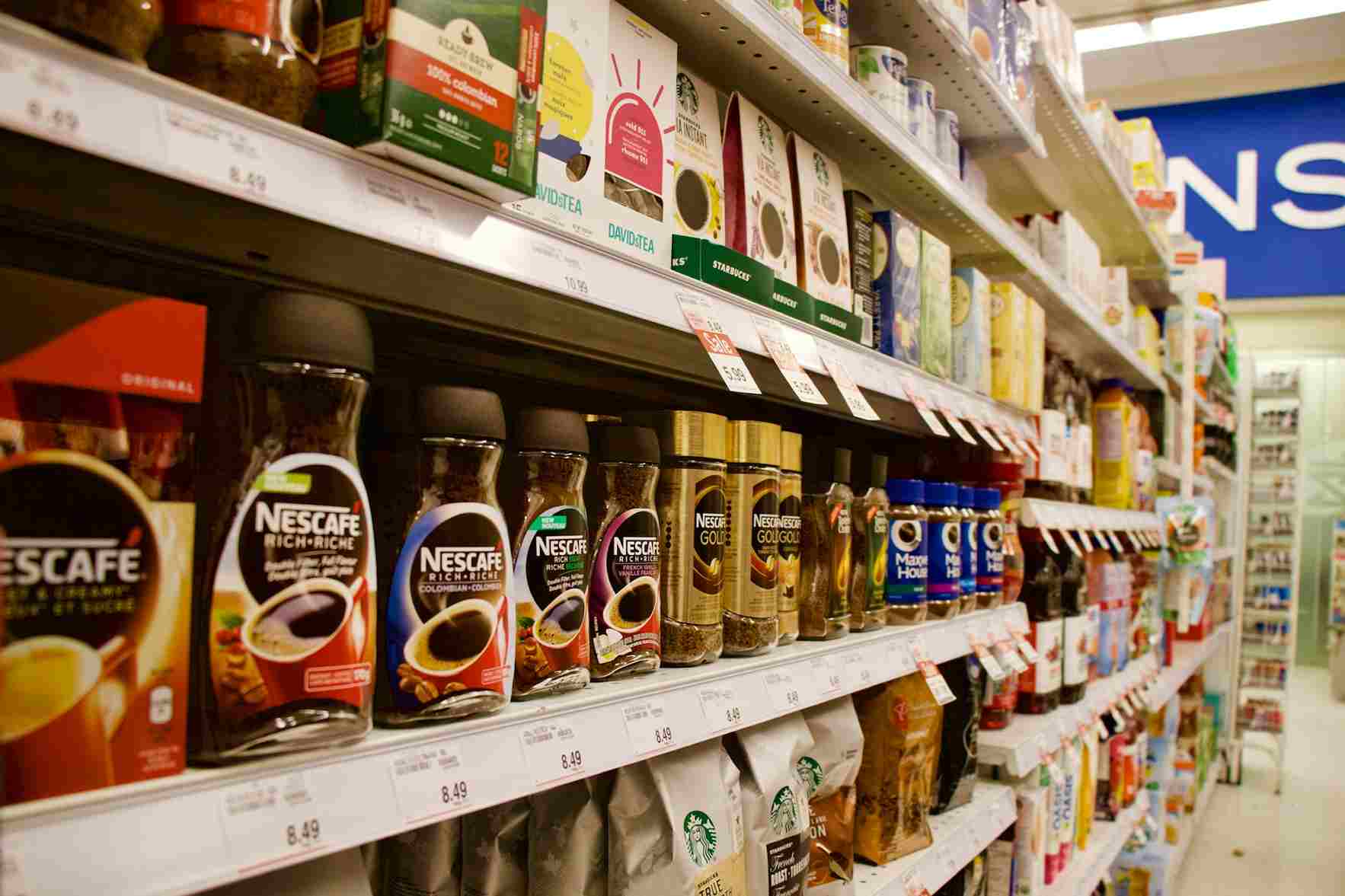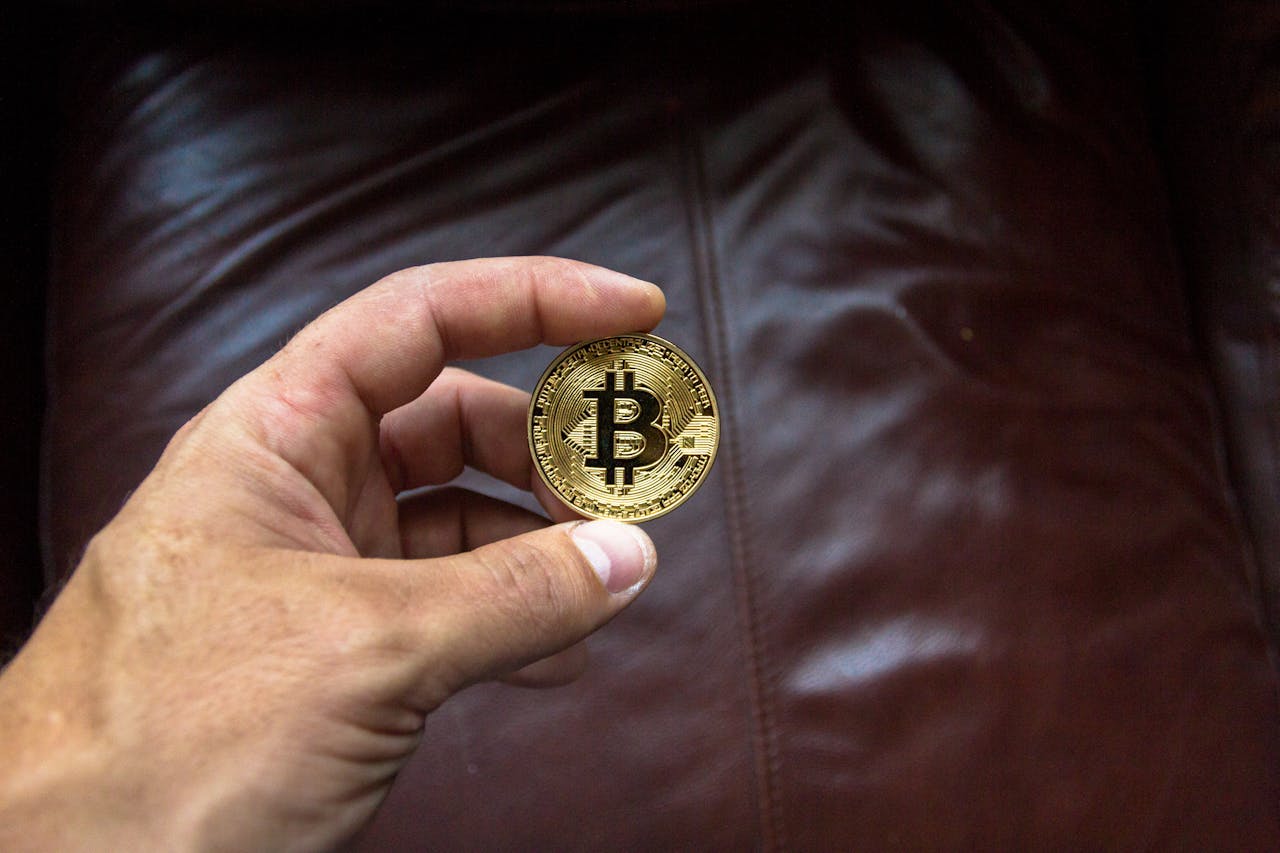

As the COVID-19 pandemic caused prolonged lockdowns in parts of Southeast Asia, the region’s retail industry took a massive hit because of shop closures and suspended tourism activities.
Many business owners suffered from the lack of foot traffic, travel bans, and restricted activities. Some retailers were able to shift their focus to e-commerce, but smaller businesses like mom-and-pop shops were unable to keep up.
After restrictions were eased, customers returned to major shopping destinations. After Malaysia’s longest lockdown was lifted in August 2021, retail outlook began to look up. There was a growth in shopping traffic at malls after more than a year, as shoppers began to pack the malls.
How has Malaysia’s retail industry recovered in the past year, after many changes that the pandemic forced on the industry? We look at the current industry overview of retail in Malaysia and how companies can keep up with shifts in market demands in the country.

In the first quarter of 2021, before restrictions in Malaysia were eased, the country’s retail industry logged a –9.9% contraction. Things started to look up in the second half of the year. In October 2021, domestic travel was allowed by the Malaysian government, after 90% of the country’s total population became fully vaccinated. This helped bolster further growth in Malaysia’s retail sectors, especially those that were dependent on tourism spending.
The significant recovery of the country’s retail industry late last year saw the expansion of food and beverage businesses, as well as luxury and athleisure brands. Holiday spending also drove the industry’s development, and Malaysia’s retail market size continues to grow as the youth also began to take advantage of brand promotions and events.
This year, Malaysia’s retail growth is expected to reach 13.1% from an earlier forecast of 6.3%. Better economic conditions, higher tourism spending, and shopping traffic returning to pre-pandemic levels continue to spur the development of Malaysia’s retail sector.
The pandemic created a gap between shoppers and brick and mortar shops. Creating a seamless shopping experience both online and offline is essential for retailers to succeed in a post-pandemic retail market in Malaysia. Market behaviors have also changed, as shoppers are now more intentional on their shopping occasions, rather than spending more spontaneously like before the pandemic.
Because of changing market behaviors and consumer preferences, Malaysia’s retail market outlook proves that retailers should embrace the industry’s digital transformation sooner than later. Data can help with inventory, trend tracking, and computer-aided ordering, and will help retailers avoid shrinkage and losses due to missed opportunities and blind spots.
Online and offline retail channels will need to coexist and drive traffic toward one another, and businesses must constantly adapt to changing market preferences to achieve more sustainable growth in the long run. Across all segments of Malaysia’s retail sector, there are plenty of opportunities for growth, and many businesses can ride the wave of this development to ensure their continued success in the local market.

The Latest Developments in Cryptocurrency Adoption in SEA
The cryptocurrency market in Southeast Asia (SEA) has seen exponential growth in recent years. The revenue of cryptocurrency in the region was around USD 1,384 million in 2023 and is expected to grow by USD 1 million in the next four years. Countries like Indonesia, Singapore, and the Philippines are at the forefront of this digital revolution. The region's young, tech-savvy population, coupled with increasing internet penetration, has created a fertile ground for the adoption of cryptocurrencies. Currently, the crypto market in SEA is valued at several billion dollars, with projections indicating continued growth.

An Overview of the Halal Cosmetics Market in Malaysia
The halal cosmetics market in Malaysia has been experiencing significant growth. It is driven by a combination of increasing consumer awareness, government support, and the rising demand for halal-certified products among both Muslim and non-Muslim consumers.

How Digital Marketing is Transforming the Automotive Lubricants Market in Southeast Asia
In recent years, digital marketing has emerged as a transformative force in the Southeast Asian (SEA) automotive lubricants market. The region's rapidly growing internet penetration and increasing smartphone usage have created fertile ground for innovative digital strategies. This evolution is reshaping how companies engage with customers and streamline their operations, offering numerous opportunities for growth and efficiency.

Exploring New Business Models for a Sustainable Future
Transitioning towards new sustainability business models can help companies drive positive change and contribute to a more sustainable future.